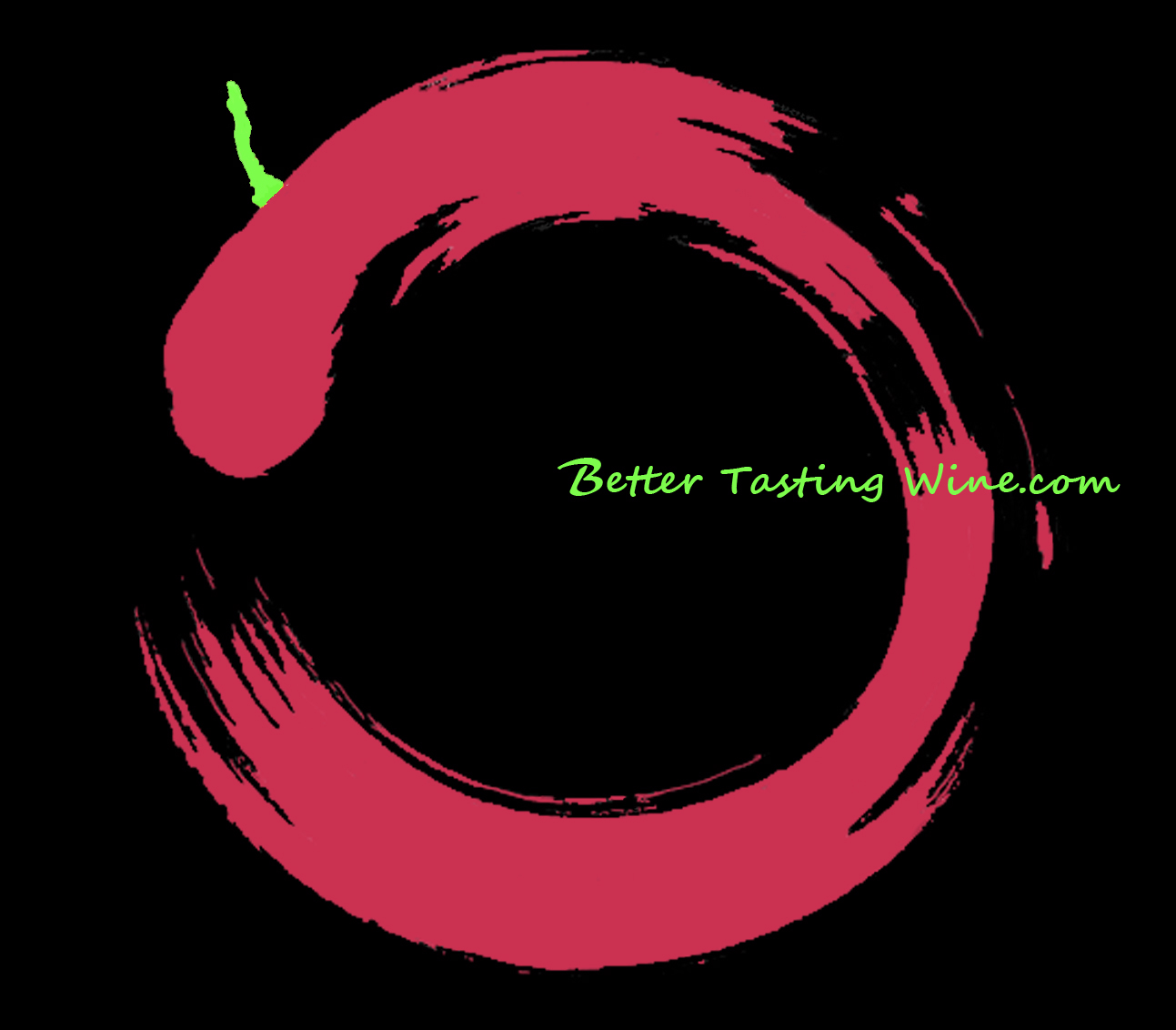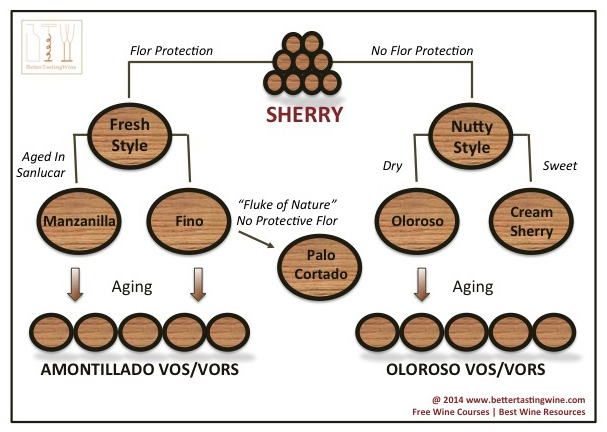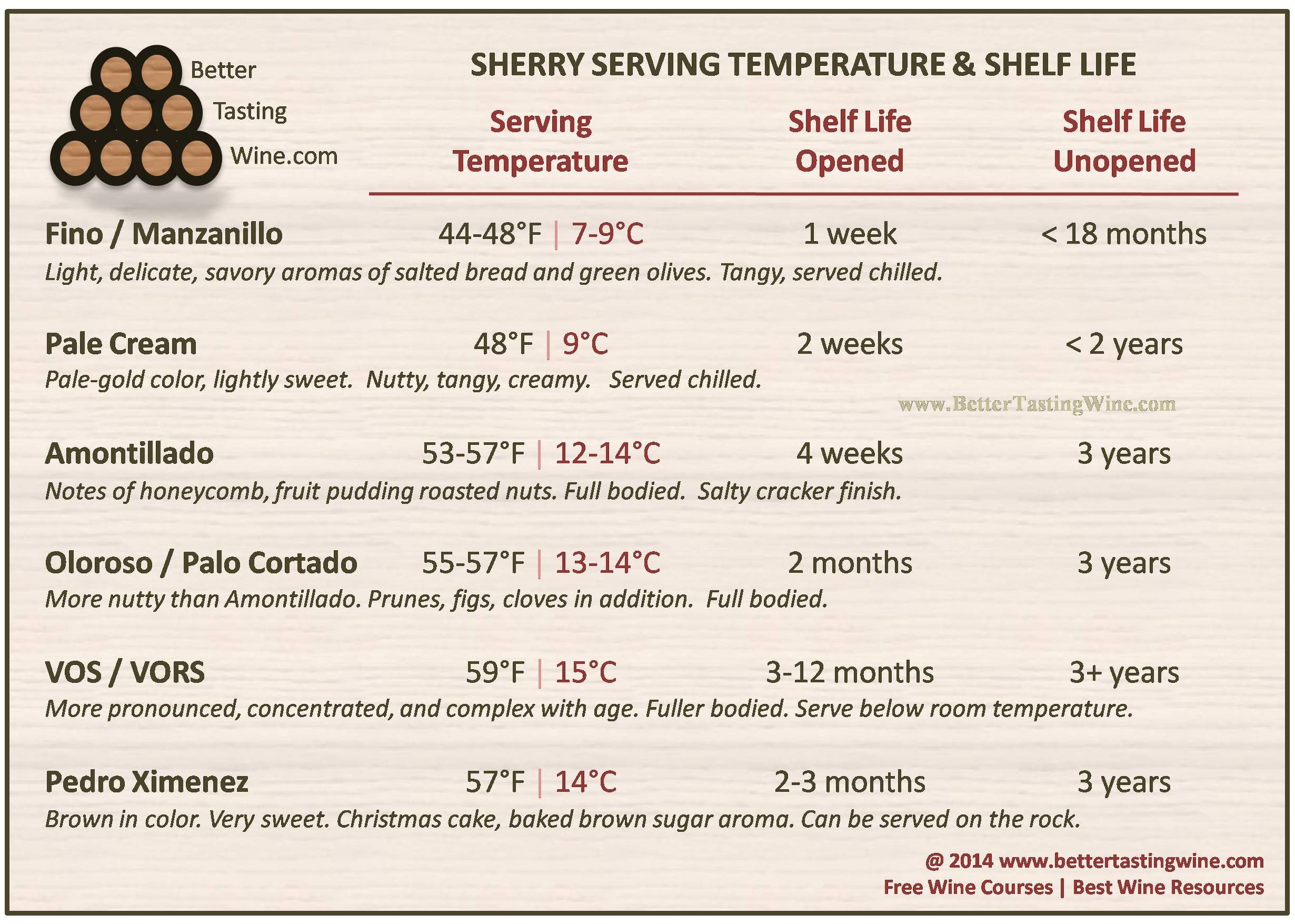Sherry: 12 Most Commonly Asked Questions
Sherry, once a drink of the past, has become highly fashionable in recent years. Here is our practical guide to sherry basics:
|
|
Is Sherry a Wine?
|
| Fino / Manzanillo | Seafood. Oysters. Tapas. Vegetables. Cheese. Charcuterie. Olives. |
| Pale Cream | Cake. Figs. Nutty desserts. Pears. Pear deserts. |
| Amontillado | Cheese. Chicken. Game. Nuts. |
| Oloroso / Palo Cortado / VOS / VORS | Beef. Lamb. Mushroom. Hard Cheese. Nuts. Pate. Soup. |
| Pedro Ximenez | Ice cream. Chocoloate. Chocolate based deserts. Pecans and nut based deserts. Blue cheese. |
Does sherry have a vintage?
No, most sherries go through a solera system where older wines are topped off with younger wines every year. A simple solera system could have 3-4 age groups of sherry butts. A complex solera system could have 14 or more groups.
What makes Palo Cortado so rare.. and expensive?
Palo Cortado is an amazingly delicious sherry made by a fluke of nature. The wine was originally pre-selected to be a fino or an Amontillado. For some rare reasons, the cask of wine did not develop or sustain its protective layer of flor yeast and ended up aging in an oloroso manner. Because of this, Palo Cortado has the elegance of an Amontillado with the power and body of an Oloroso. It is the rarest category of sherry. Extremely low production volume when it comes to single cask VOS / VORS Palo Cortado. Its uniqueness and rarity commands a larger market premium over a similar level Oloroso or Amontillado.
How is sherry made?
Like wines, grapes are harvested and fermented to get wine. Wines with more finesse is selected to make Fino; while coarser wine is destined for Oloroso style.
A neutral spirit is then added to the wine, generally fortifying a Fino to 15% and an Oloroso to 18%. The fortified wine is transferred to old barrels for maturation. Finos is matured under a layer of yeast, known as flor, which protects the wine against oxidation giving it a fresh character. Oloroso, on the other hand, is intentionally oxidized without the protective layer of flor thus resulting in a rich, nutty style.
Our final expert tips on sherry:
Even though most sherry label won't tell you when it is produced, don't despair. There is a way to tell. Look for Lot number. Most sherry houses follow the standard labeling code. For example, L3120. L refers to the lot. The first digit 3 refers to the year, 2013 in this case. The last 3 digits is the day of the year so 120 means the 120th day of 2013, or May 1, 2013.
As with wines, producers matter. We have listed the top sherry producers as well as some great value sherries here.

Stay informed. Follow us and subscribe here to get our latest wine insider news and tips:
Practical Wine Lessons: Wine Tasting Like a Pro | Grapes | Serving Wine | Food Pairing | Preservation | Temperature | Restaurant Ordering | Wine Labels | Wine Regions | Wine Storage | Start a Collection | Common Wine Myths.
Useful Wine Tips: Ten Facts to Become an Instant Wine Pro | Vintage Guide | Removing a Broken Cork | Serving Order of Wines | Fastest Way to Chill a Wine | Host Wine Party | Elements of a Good Wine | Wine Investment "Winning" Guide | Leftover Wine: Recipe for Vino Punch | Freeze Your Leftover Wine | Wine Moods Pairing | Best Way to Preserve Champagne After Open | Ten Must-Have Wine Accessories.
Tasting Tutorial: Cabernet vs. Merlot vs. Pinot Noir | Sauvignon Blanc vs. Chardonnay vs. Riesling | Burgundy vs US vs New Zealand Pinot Noir.
Fun Download: Wine Tasting Scorecard | Wine Serving Temperature Chart | Wine Aroma Table | 3 Must-Know Red Grapes | 3 Must-Know White Grapes | Vintage Chart | Wine Party Themes | Wine Region Maps | Grand Cru Chart | Wine and Moods Pairing Chart | Wine Quotes & Wine Humor.
Travel & Exploration: Champagne 101 | Bandol | Italy | Spain | Sherry.
Jewels & Gems: Grower Champagne Pierre Gimonnet | Gravner Ribolla - An Amber Wine Maturated in Clay | Gaja - King of Barbaresco.



